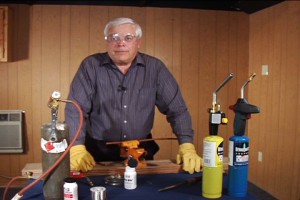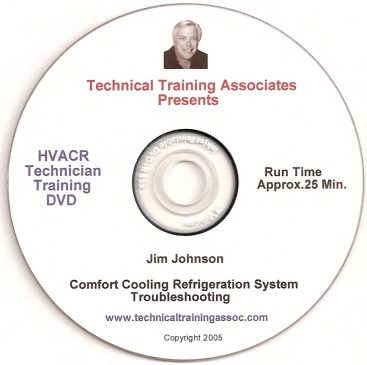EDITOR’S NOTE: This article is the second of a two-part series in response to the question: “Should I choose CO2 (R-744) for my refrigeration system?” It was prepared by engineers with M&M Refrigeration (www.mmrefrigeration.com) of Federalsburg, Maryland. Click here for Part 1.
When comparing the performance of a high pressure CO2 reciprocating compressor versus the high pressure CO2 rotary screw compressor, the efficiency (BHP/TR) of the reciprocating compressor is considerably better.
Other benefits of the reciprocating compressor are its part-load characteristics. Many refrigeration systems do not operate at peak load at all times. And it is necessary to either have multiple compressors of varying sizes or compressors that will unload.
The coefficient of performance (COP) of CO2/ammonia with conventional ammonia systems at full load (Figure 1) shows that at a -25°F saturated suction temperature single-stage ammonia, two-stage ammonia, and CO2/ammonia are approximately equal. However, as the suction temperature is lowered the performance of the CO2/ammonia system is considerably better than the single-stage and two-stage systems.
Regarding the COP of CO2/ammonia with conventional ammonia systems at 50 percent load (Figure 2), there is considerable difference in COP at all saturated temperatures of the three different refrigeration systems. And, because many refrigeration systems do not operate at full load consistently, the cascade CO2/ammonia system can usually offer lower energy costs.
Cost Comparisons
To make energy and cost comparisons, a study was conducted measuring kilowatt hours per cubic foot of refrigerated capacity of different types of refrigeration systems operating primarily in different refrigerated warehouses of varying age, locations, and internal operational activity. The kWh per cubic foot ranges from slightly less than 0.50 to approximately 3.23 kWh per cubic foot.
Obviously this is not an absolute measure of efficiency since the activity within a facility, ambient conditions, and geographical location can greatly impact the energy consumption. However, it is worth mentioning that of the 34 studied, seven of the facilities operated with a cascade CO2/NH3 refrigeration system. Six of the cascade CO2/NH3 refrigeration systems had a kilowatt hour per cubic foot consumption of less than one. The seventh cascade CO2/NH3 refrigeration system had a considerable amount of blast freezing, operated at approximately 1.65 kWh per cubic foot, which is considerably less than some of the other facilities operating with two-stage ammonia systems and having blast freezing operations.
Reducing Charges
Owners of refrigerated facilities are often confronted by various jurisdictions and government agencies to reduce the ammonia refrigerant charge. A cascade CO2/NH3 system will usually reduce the required amount of ammonia by a factor of 10.
Since all the ammonia is contained within the engine room and the condenser on the roof, there is no contaminating refrigerant in the storage or processing areas thereby eliminating the risk of damaging product and causing possible injury to employees in the unlikely event of a refrigerant leak. Finally, ammonia and carbon dioxide are both natural refrigerants that do not have an effect on global warming and do not harm the ozone layer.











